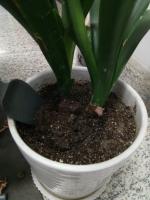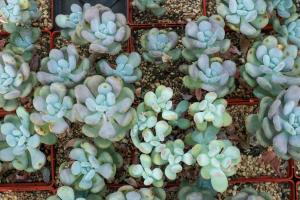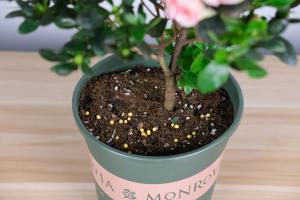How Do Wild Plants Spread to Pots?
Many garden enthusiasts often like to incorporate wild plants into their garden landscape. Wild plants not only add a natural touch but also provide habitat for wildlife, help in soil conservation and sustainability. The question is, how do these plants spread, and how can they be incorporated into pots?
Seed Dispersal
Seed dispersal is the primary way wild plants spread across different areas. The wind, insects, birds, water, and mammals are all known to play a role in seed dispersal. Depending on the species, some seeds can sprout as soon as they fall on the ground, while others can remain dormant for years until suitable conditions arise.
Benefits of Wild Plants in Pots
Wild plants in pots are a great addition to any indoor or outdoor space. Apart from their aesthetic value, they are known to boost mental and emotional well-being, purify the air, and improve overall ambience. Moreover, some Wild plant species like the spider plant, snake plant, and ivy have air-purifying qualities that make them popular household plants.
How to Transplant Wild Plants to Pots
Before transplanting wild plants to pots, ensure that you choose a suitable pot size that can accommodate the expected growth of the plant. It's important to know that wild plants grown in the wild have different requirements than those grown in pots. Therefore, it's recommendable to do some research on the species of the plant before transplanting. You can alternatively conduct a soil test before planting to determine the soil type and pH, which will give you a better idea of the nutrients the plant needs to thrive.
Care Tips for Wild Plants in Pots
Wild plants, like other plants, require proper care to thrive. The fundamental care tip is to ensure that the plant receives sufficient light and water. Most wild plant species prefer indirect light and moist soil. Overwatering or underwatering can lead to the death of the plant. Similarly, overexposure to direct sunlight can burn and damage the leaves. It's essential to fertilize the plant at appropriate intervals to ensure it receives enough nutrients to maintain its growth.
In Conclusion
Wild plants add character and a natural touch to any landscape, and incorporating them into pots can transform the indoor or outdoor space. Understanding how these plants spread, the benefits they bring, and how to transplant and care for them, is essential in ensuring that they thrive in pots. With proper care, wild plants can be a beautiful addition to any garden or indoor space, bringing peace and tranquillity to your home.

 how many times do yo...
how many times do yo... how many planted tre...
how many planted tre... how many pine trees ...
how many pine trees ... how many pecan trees...
how many pecan trees... how many plants comp...
how many plants comp... how many plants can ...
how many plants can ... how many plants and ...
how many plants and ... how many pepper plan...
how many pepper plan...































